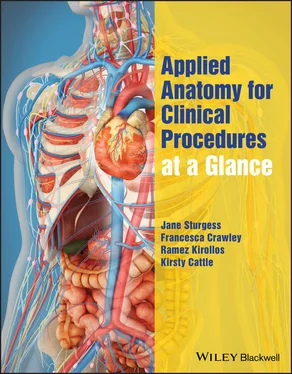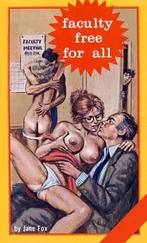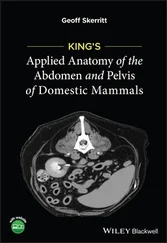Asterile field includes the exposed area of the patient to be operated upon or the region through which the trajectory of the procedure crosses. The sterile field also involves the area where the instruments and equipment used for the procedure are placed.
Antiseptics (see Chapter 1, Scrubbing up)
Sponge holder forceps
Drapes and plastic adhesive incise drape
Towel holders
Light handle
Masks
Sterile gloves
Gown
1 Hair shaving requires a balanced view as shaving the skin area prior to surgery potentially exposes cutaneous and hair follicle bacteria; however, excessive hair in the operating field may hinder sealing of the operating field with adhesive drapes. If no or minimal shaving is adopted, then ensure application of antiseptic (shampoo) to a wider area.
2 Sterile sponge holder forceps with sterile swabs are immersed in an antiseptic solution which is applied to the skin or mucous membrane which is to be sterilised. A prior check regarding allergies to the antiseptic should be completed.
3 Applying the antiseptic solution to the operating field is recommended to be in a radial or concentric movement away from the operative site to avoid contamination from a nonsterile region. This applies particularly in areas proximal to potentially contaminated areas such as the anal orifice or the umbilicus ( Figure 2.2).
4 Sterile drapes and towels are used to cover the margins of the exposed and cleaned patient’s skin ( Figure 2.3).
5 The skin area to be draped should be cleaned with a generous margin to achieve adequate exposure. This may include adjacent anatomical landmarks used for orientation, for example when operating on the face.
6 The drapes are fixed with an overlying plastic adhesive incise drape to prevent contamination from skin organisms. Antiseptic impregnated incise drapes are recommended to decrease surgical infection ( Figure 2.4).
7 The surface of the operating trolley on which the instruments and equipment are to be placed is covered with sterile towels ( Figure 2.5). Drapes can also be used to ‘shield’ the sterile area. It is important to maintain the sterility of the surface of the instrument trolleys and the equipment until the end of the procedure.
8 At the end of the surgical procedure, disposable sharp objects and contaminated material should be disposed of in the appropriate containers.
The antiseptic has its bactericidal effect by drying. Using a smaller volume of antiseptic and allowing it to dry will have a better sterilising effect than using larger volumes of antiseptic.
Jane Sturgess
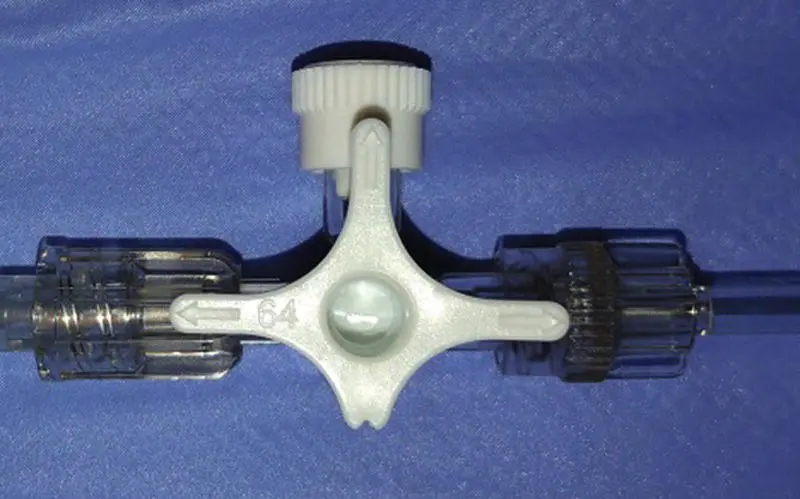
Figure 3.1 Three‐way tap. Note the arrows on the limbs to indicate flow of fluid/air.
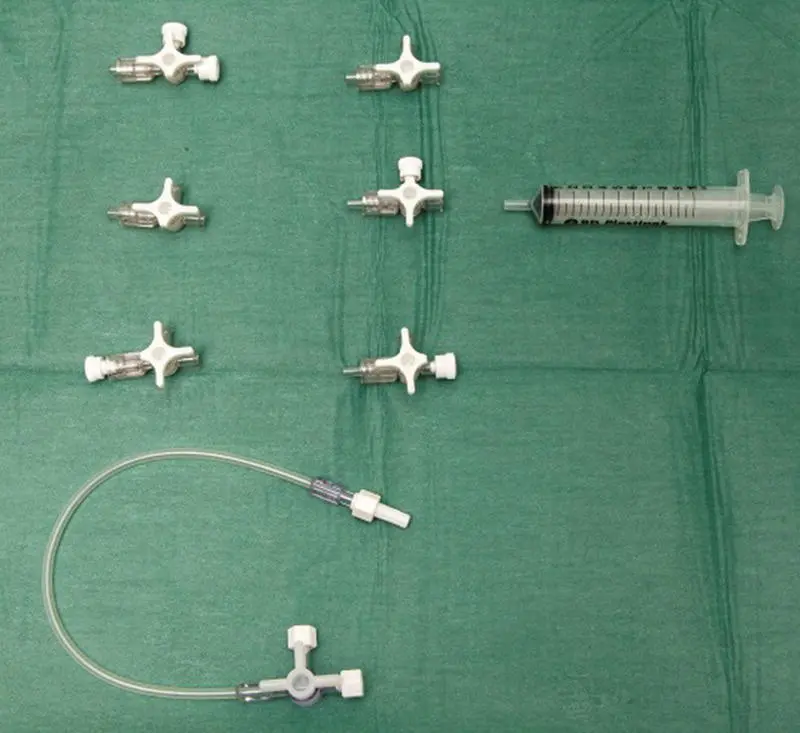
Figure 3.2 Equipment. Three‐way taps come individually or incorporated with extension tubing.
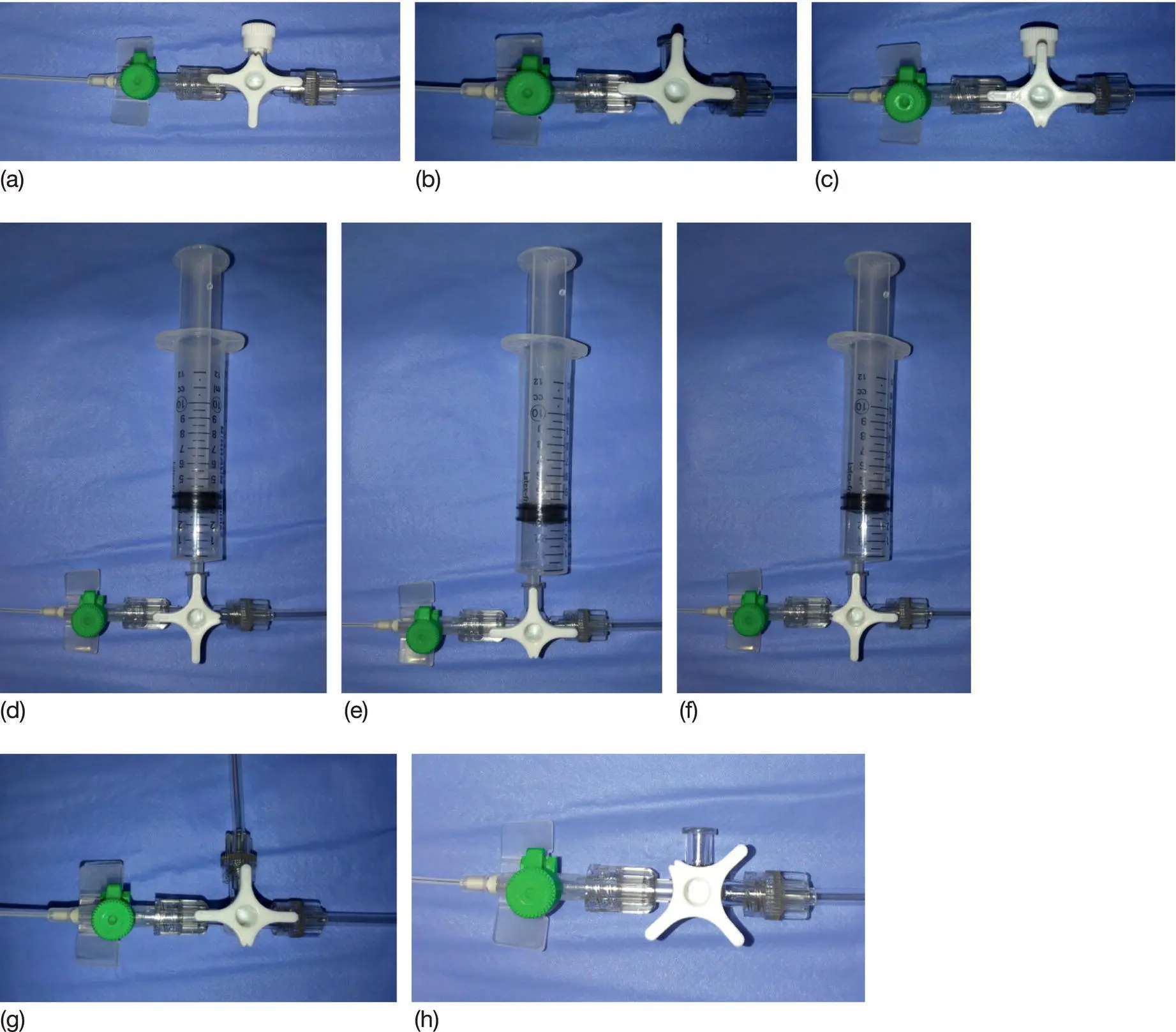
Figure 3.3 Different possible positions of a three‐way tap and combinations of equipment: (a) open to infusion and cannula; (b) open to infusion, air, and cannula; (c) as per b but capped off to air; (d) used for aspirating from cannula or injecting intravenously; (e) open to infusion, syringe, and cannula; (f) open to infusion and syringe – useful for aspirating fluid to then give bolus by turning three‐way tap round to position d; (g) used for giving two infusions simultaneously; (h) off to all ports.
Description of the three‐way tap
The three‐way tap is shaped like a T, and when examined closely you can see each ‘arm’ of the ‘T’ has a small arrow or line on it ( Figure 3.1). The arrow indicates that flow can happen through it, as long as the arrow is pointing at something that permits flow – like a fluid line, a vein, or air.
Another way to look at the three‐way tap is to imagine it like a road traffic roundabout with three exits. Flow can happen only when there is an exit attached to an open secondary route (giving line, fluid circuit, air). If the exit has a bung on it imagine it like a roadblock: flow does not occur.
The top of the ‘T’ with no arm (and no arrow), or the aspect of the ‘roundabout’ with no exit, stops flow and acts as an off switch.
It may come individually or be incorporated with extension tubing ( Figure 3.2).
Potential uses of the three‐way tap ( Figure 3.3)
1 To aspirate fluid from a fluid giving set
2 To aspirate fluid from a drain (e.g. ascitic drain, pleural drain)
3 To aspirate blood from invasive lines (e.g. central venous pressure [CVP] or arterial line)
4 To aspirate air from a fluid giving set
5 To aspirate air from a drain (examples as 2)
6 To permit intermittent pressure measurements with a manometer in a fluid system (e.g. cerebrospinal fluid [CSF] pressure, invasive blood pressure, intra‐abdominal pressure)
7 To inject drugs into a fluid‐filled system (e.g. intravenous fluid giving set, CSF injection, epidural catheter, external ventricular drain)
8 To inject drugs, treatments into other spaces (e.g. pleurodesis)
9 To permit the infusion of more than one fluid or drug at the same time via the same cannula
Safe use of a three‐way tap
The three‐way tap acts as an interface between the patient and the therapy; either as a middle point between lines into or drains from the patient, and a giving/monitoring set, or a drain collection device.
Look at the tap, identify the arms, and decide which way to turn it before going ahead with the procedure. It is also worth planning to use a bung if you need to stop flow through one of the arms (even if for a short time or as a temporary measure). Whilst planning how to turn the taps during the procedure, you should also decide how you need to leave the tap when the procedure is finished; should flow be permitted to continue, or does it need to be stopped.
If an arm of the T, or a road exit is pointing to an open exit with no device or bung attached it is ‘open to air’. This presents a significant risk of either (i) air entering the patient and causing a serious complication, for example, air embolus, pneumothorax, pneumocephalus OR (ii) fluid leaving the patient in an unplanned and/or uncontrolled manner, for example, bleeding, fast and excessive loss of CSF, ascites, or pleural fluid.
It is important to use a clean technique when using or manipulating the three‐way tap for infection control to protect the patient and to avoid cross‐contamination of any samples taken.
Make sure there are no arms left open to air.
When deciding how to leave the tap at the end of a procedure it is worth thinking about what measure you will use to determine whether and when to change your plan – this measure may be determined by time, by patient’s symptoms (increasing breathlessness), by pressure measurement (CSF pressure greater than 15 cmH 2O), by volume of fluid in the drain etc.
Your first plan may be to permit flow or to stop flow.
Читать дальше
